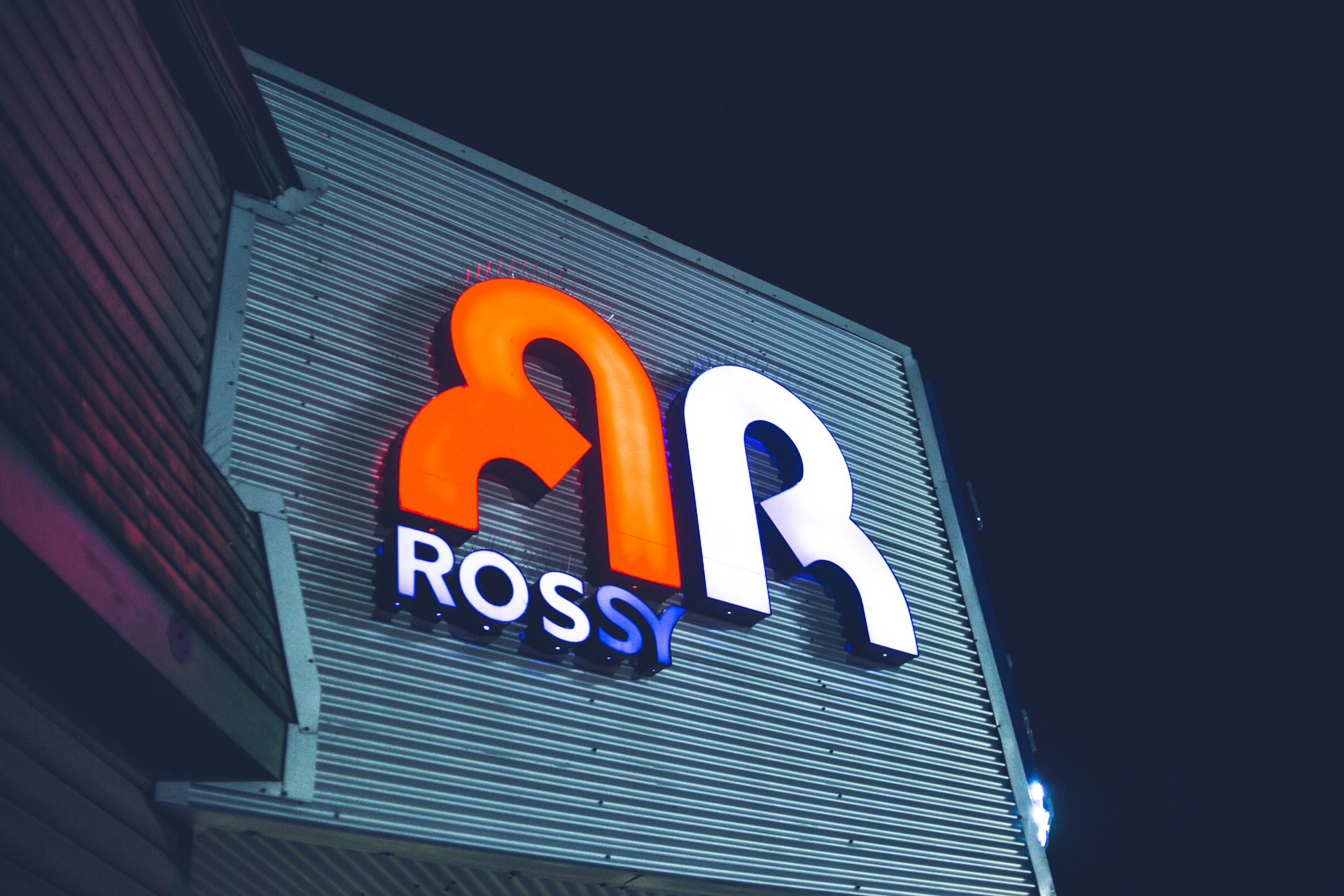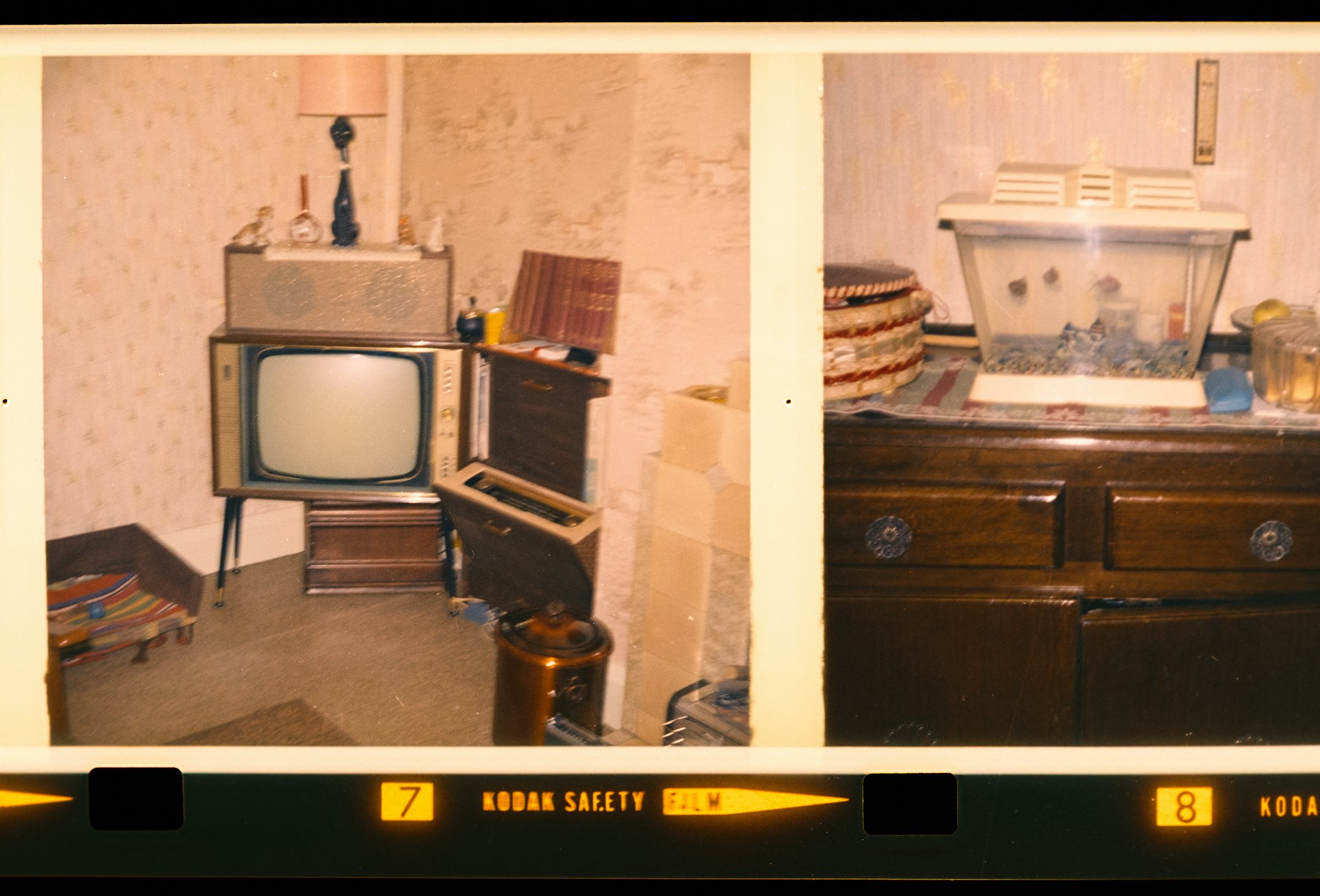Transforming Theme Park Experiences: The Power of Augmented Reality

Photo by Eriksson Luo on Unsplash
Introduction: A New Era of Theme Park Entertainment
Theme parks have long been at the forefront of entertainment innovation, using technology to create ever-more immersive environments. Now, augmented reality (AR) is reshaping how visitors experience these spaces by blending digital content seamlessly with the physical world. This article explores the practical implementation, benefits, challenges, and future of AR in theme parks, providing actionable steps for venues and visitors seeking to embrace this trend.
What is Augmented Reality in Theme Parks?
Augmented reality overlays digital images, sounds, and information onto real-world environments, often using smartphones, tablets, or specialized glasses. In theme parks, AR can enhance rides, interactive queues, shows, and even navigation, leading to a more dynamic and memorable visit. Unlike virtual reality, which fully immerses users in a digital space, AR adds a layer of magic to the actual park, keeping guests engaged with their surroundings while amplifying their experience [2] .
How Theme Parks Implement Augmented Reality
There are several proven approaches for integrating AR:
1. Mobile Apps and On-Device Experiences
Many parks have launched AR apps that guests can download to their smartphones. For example, Cedar Point’s “The Battle for Cedar Point” app allowed visitors to interact with digital creatures and compete in challenges around the park. These applications are cost-effective for operators, as they leverage devices guests already own, and can be updated with new content regularly [2] .
2. Large-Screen and Projection-Based AR
Digital mirrors and projection systems transform public spaces into interactive playgrounds. Universal Studios Orlando, for instance, has installed BroadcastAR, a system that lets guests see themselves interacting with digital characters on large displays. Disney has used similar technology in attractions like Goofy’s Paint ‘n’ Play House at Tokyo Disneyland and Shanghai Disneyland’s Pirates of the Caribbean, where guests interact with AR effects projected onto physical sets [5] [4] .
3. AR Wearables
Emerging AR glasses, such as Microsoft HoloLens, promise hands-free, immersive experiences. These devices overlay digital information in the user’s field of vision, creating opportunities for storytelling, ride enhancements, and real-time information delivery. While mass deployment is still developing, pilot projects suggest immense potential for scalability and personalization [2] .

Photo by Renato Barreiros on Unsplash
Benefits of Augmented Reality in Theme Parks
AR offers a range of advantages for both operators and guests:
- Enhanced Guest Engagement: Interactive AR content captivates visitors, encouraging repeat attendance and longer stays. Live AR portals, like those being introduced at Universal Epic Universe, allow guests to preview attractions and explore the park in new ways [1] .
- Accessibility and Inclusivity: Digital overlays can provide alternative experiences for guests who cannot access certain rides, ensuring everyone has the opportunity to participate [1] .
- Operational Efficiency: AR can inform visitors about wait times, show schedules, and wayfinding, reducing confusion and improving flow throughout the park [3] .
- Marketing and Revenue: Interactive experiences generate social media buzz and new merchandising opportunities. Parks can offer digital collectibles, in-app purchases, and exclusive AR content as additional revenue streams [5] .
- Revitalizing Classic Attractions: AR can refresh older rides with new digital overlays, making them appealing to younger generations seeking interactive content [3] .
Challenges and Practical Considerations
Despite its advantages, deploying AR at scale in theme parks presents unique obstacles:
- Technical Complexity: Large venues require precise calibration of AR systems, especially for projection-based experiences. Disney’s research into automated calibration and motion tracking illustrates the level of innovation necessary for seamless effects [4] .
- Device Compatibility: Apps must function across a wide range of guest devices. To maximize accessibility, parks should offer both downloadable apps and on-site hardware, such as tablets or AR glasses, where feasible.
- Guest Adoption: Some visitors may be unfamiliar with AR. Parks can facilitate onboarding through in-park tutorials, signage, and staff assistance. For hardware-based experiences, clear hygiene protocols are essential.
- Maintenance and Updates: AR content requires regular updates to stay relevant. Parks should allocate resources for ongoing development, quality assurance, and troubleshooting.
Case Studies: Universal, Disney, and LEGOLAND
Universal Epic Universe (opening in 2025) is set to feature dynamic AR portals that let visitors preview and interact with upcoming attractions. The goal is to deliver personalized experiences and extend the excitement to fans unable to visit in person [1] .
Disney has pioneered projection-based AR for decades, from the Haunted Mansion’s singing busts to advanced synchronized effects in Tokyo and Shanghai Disneyland. Disney Research continues to push boundaries with automated calibration for more complex, interactive effects [4] .
LEGOLAND Windsor Resort deployed an app-based AR adventure, letting guests interact with digital LEGO characters and unlock in-park secrets. This approach increases dwell time and encourages exploration throughout the venue [5] .
Step-by-Step Guidance for Parks Interested in AR Deployment
- Assess Your Audience: Survey guests to identify interest in interactive and digital experiences. Consider demographics, device ownership, and familiarity with AR technology.
- Define Objectives: Determine whether the goal is to enhance existing attractions, create new ones, improve accessibility, or boost revenue through digital products.
- Select a Platform: Start with app-based AR for broad accessibility, or pilot projection-based experiences in high-traffic areas. For advanced projects, consider partnerships with AR hardware providers.
- Partner with Experts: Collaborate with AR developers who have experience in large-scale entertainment venues. Request references, review portfolios, and ask about ongoing support services.
- Prototype and Test: Develop a small-scale prototype and conduct user testing with diverse guest groups. Gather feedback and iterate for usability and impact.
- Prepare Staff and Infrastructure: Train staff to assist guests, manage hardware, and troubleshoot common issues. Ensure robust Wi-Fi and device charging stations are available throughout the park.
- Launch and Promote: Announce new AR experiences through official park channels, signage, and social media. Provide clear instructions for guests to access digital content.
- Monitor and Evolve: Track guest engagement, collect feedback, and update content regularly. Stay informed about new AR technologies and standards.
Alternatives and Complementary Strategies
Some organizations may not have the resources for full-scale AR deployment. As an alternative, consider:
- Developing smaller AR experiences for seasonal events or temporary exhibits.
- Partnering with local museums or educational groups to create co-branded AR content.
- Offering interactive digital guides or scavenger hunts that use QR codes and web-based AR, avoiding the need for guests to download large apps.
For organizations seeking expert vendors, research AR technology firms with proven experience in the attractions sector. You can search for “augmented reality theme park vendors” or consult industry events like AWE USA ( awexr.com ) for case studies and contacts.
How to Experience AR as a Visitor
If you’re planning a visit to a theme park known for AR attractions, check the official park website or mobile app store before your trip. Download any recommended apps in advance and review instructions provided on-site. If AR wearables or special devices are available, inquire at guest services about rental procedures and hygiene practices. For guidance on specific AR-enabled attractions, staff are typically available to assist at major venues.
Key Takeaways
Augmented reality is fundamentally transforming theme park entertainment, offering new ways to engage, educate, and excite visitors. With careful planning, collaboration, and guest-focused design, AR can deliver unique value for both operators and guests. The technology is evolving rapidly, and staying informed about the latest developments will help organizations and visitors maximize their experiences.
References
- [1] AWE XR (2025). Revolutionizing Theme Parks with AR Magic at Universal Epic Universe.
- [2] Indestry (n.d.). Why Theme Parks Should Favor Augmented Reality Over Virtual Reality.
- [3] Lagotronics Projects (n.d.). Augmented Reality in Attractions.
- [4] Disney Research (n.d.). Enabling More Complex, Entertaining Projection-Based AR.
- [5] Rock Paper Reality (2024). AR for Attractions.
MORE FROM hotondeals.com













